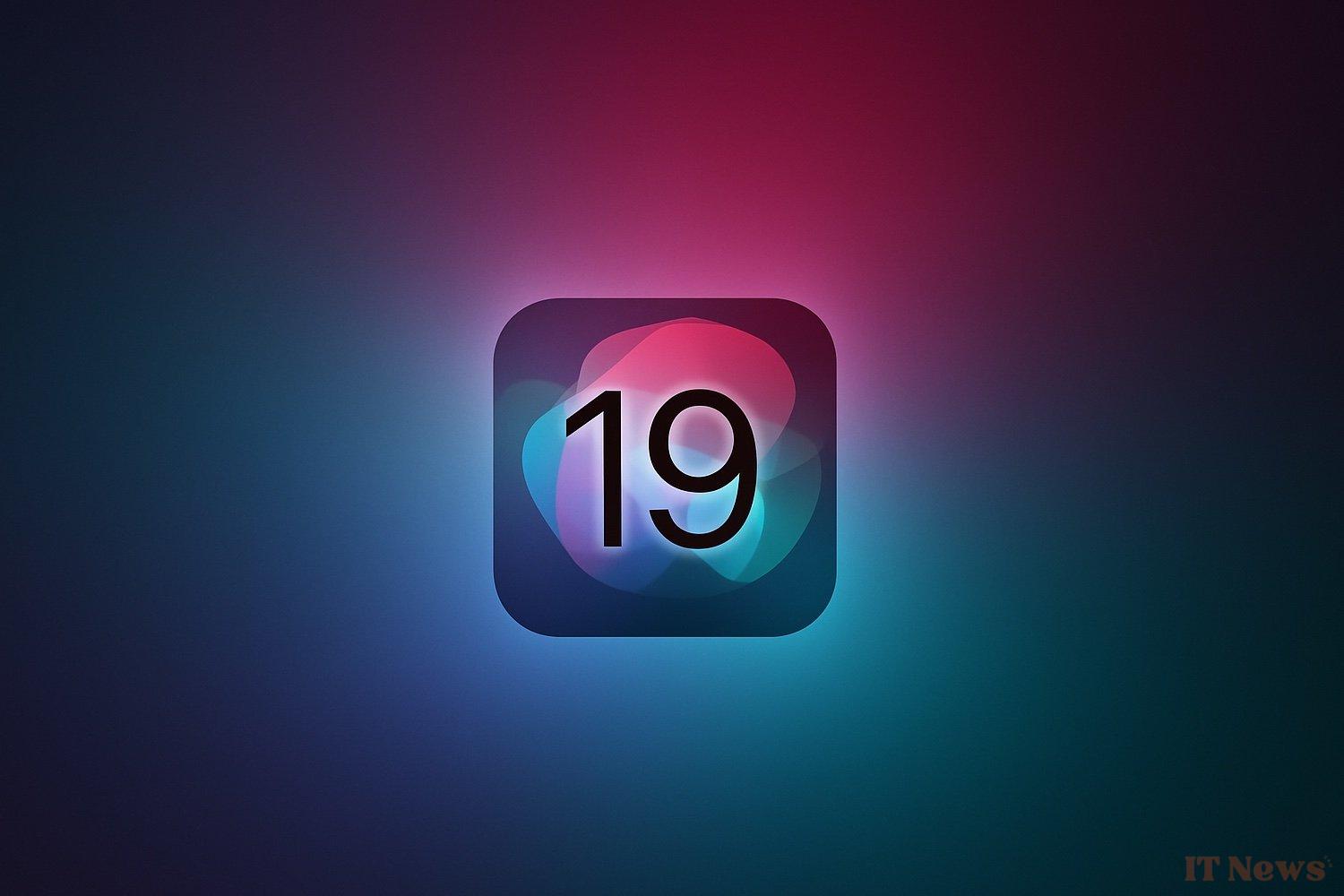As WWDC 2025 approaches, where Apple will officially unveil iOS 19, a source indicates that the update would not be compatible with three older iPhones from the brand.
Some iPhones are reportedly being sidelined by Apple
According to an anonymous account on X, apparently known for the accuracy of its information, three models are reportedly being excluded from the future update: the iPhone XR, the iPhone XS, and its XS Max version. These devices, all launched in September 2018, are approaching seven years of existence, a period that often corresponds to Apple's software support limit.
This early withdrawal would contradict a previous leak relayed by iPhoneSoft in December 2024, which claimed that all iPhones compatible with iOS 18 could also accommodate iOS 19. However, this same source was already wrong in 2021 about the end of support for the first-generation iPhone 6s and SE. For their part, owners of the affected models can, however, rest assured: Apple is still maintaining security updates on older devices, as evidenced by the recent iOS 16.7.11 released for the iPhone 8 and iPhone X.
Which iPhones will be compatible with iOS 19?
If the rumor is confirmed, iOS 19 would be compatible starting with the iPhone 11 and the second-generation iPhone SE. The iPhones 12, 13, 14, 15, and iPhone 16 would also be affected. This update would, however, be accompanied by the end of support for the 7th-generation iPad (A10 Fusion). Here is the provisional list of iPhones that would be compatible with iOS 19:
- iPhone 11
- iPhone 11 Pro
- iPhone 11 Pro Max
- iPhone 12
- iPhone 12 mini
- iPhone 12 Pro
- iPhone 12 Pro Max
- iPhone 13
- iPhone 13 mini
- iPhone 13 Pro
- iPhone 13 Pro Max
- iPhone 14
- iPhone 14 Plus
- iPhone 14 Pro
- iPhone 14 Pro Max
- iPhone 15
- iPhone 15 Plus
- iPhone 15 Pro
- iPhone 15 Pro Max
- iPhone 16e
- iPhone 16
- iPhone 16 Plus
- iPhone 16 Pro
- iPhone 16 Pro Max
- iPhone SE (2nd generation)
- iPhone SE (3rd generation)
Apple would thus pursue a selection logic based on the power of the embedded chips and minimum software capabilities. This should offer consistent performance, even if certain features will not be available on all models, and encourage users to turn to newer iPhones.
Source: 9to5Mac



0 Comments